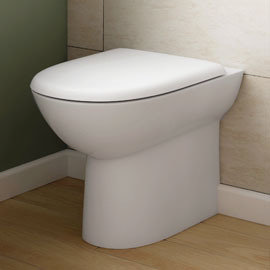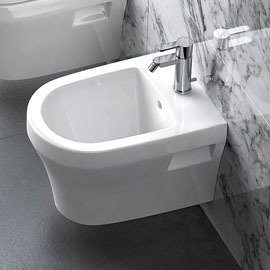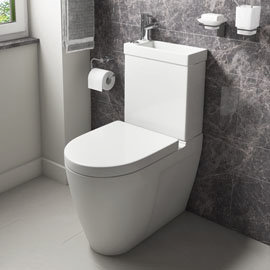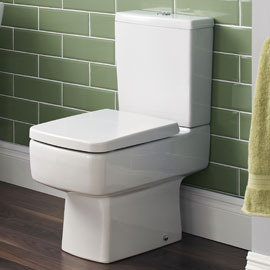UP TO 60% OFF SPRING SALE!
Free Delivery on Orders Over £499**
Corner Toilets Buying Guide
Corner Toilets Buying Guide
Corner Toilets Buying Guide
- Shower Trays
- - Rectangular Shower Trays
- - Quadrant Shower Trays
- - Square Shower Trays
- - Offset Quadrant Shower Trays
- - Pentagonal Shower Trays
- - Slate Effect Shower Trays
- - Walk In Shower Trays
- Shower Cabins
- Quadrant Shower Enclosures
- Square Shower Enclosures
- Rectangular Shower Enclosures
- Frameless Shower Enclosures
- Offset Quadrant Shower Enclosures
- Shower Side Panels
- Shower Doors
Introduction
If you have a smaller bathroom or cloakroom and want to maximise the amount of space you have available, you should definitely consider installing a corner toilet. These brilliant items are cleverly designed to allow you to keep the amount of space you have at a premium. They feature a cistern that is triangular shaped at the back which enables it to be effortlessly fitted into the corner of a bathroom where two walls meet.
They are absolutely ideal if you have a small guest bathroom or a cloakroom as they will allow more room to fit a shower or basin without the setting feeling too cramped.
How easy are they to install?
Fitting a corner toilet yourself is not something we recommend doing if you have no previous experience in tackling this sort of task as it can be very tricky and also be very expensive if things go wrong. We strongly suggest hiring a plumber to install the toilet for you if you're not too confident in your own abilities. If you know your onions though, here's a simple guide to help you along the way:
Corner toilets don't really differ too much from other toilets when it comes to installation as the basic concept of them is pretty much the same. First make sure the water is turned off, then assemble the flush valve. This will go inside the cistern. A rubber washer should be inserted with it, then the back nut for the flush valve should be screwed gently in place, taking care not to over tighten it. The intake valve and push button mechanisms should then be inserted into the cistern, making sure everything is secure but not over tightened.
The cistern should then be attached to the pan. The rubber gasket and nuts which connect the two items should be used here and the cistern should be placed onto the body of the pan, ensuring the holes are correctly aligned. Washers need to be attached to the connecting bolts and wing nuts should be fitted to them to achieve a secure fit.
The pan of the toilet then needs to be connected to the waste pipe. Holes need to be marked out on the floor and then drilled in order to securely fit the toilet in place. Screw the toilet into the floor and connect the inlet pipe. To finish, seal the pan to the floor using a quality silicone sealant, before turning the water back on and checking for leaks.



